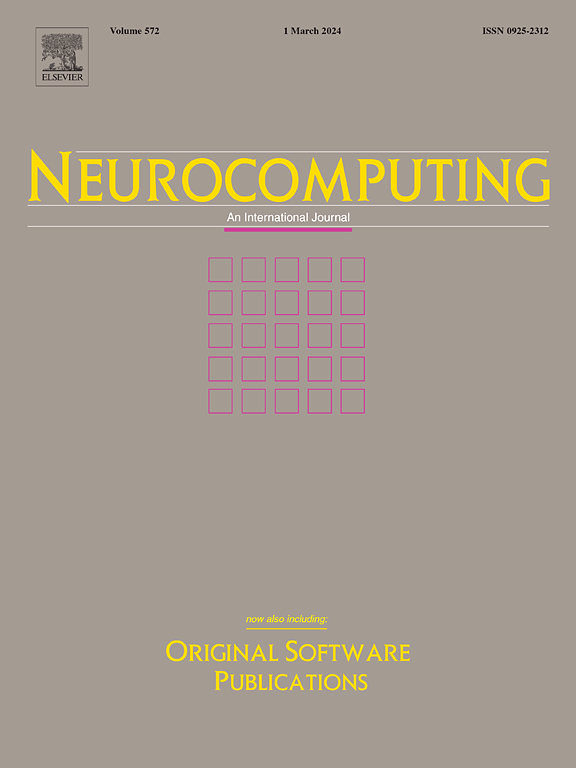A semantic consistent object detection model for domain adaptation based on mixed-class distribution metrics
IF 5.5
2区 计算机科学
Q1 COMPUTER SCIENCE, ARTIFICIAL INTELLIGENCE
引用次数: 0
Abstract
Unsupervised domain adaptation is crucial for mitigating the performance degradation caused by domain bias in object detection tasks. In previous studies, the focus has been on pixel-level and instance-level shift alignment to minimize domain discrepancy. However, it is important to note that this method may inadvertently align single-class instance features with mixed-class instance features that belong to multiple categories within the same image during image-level domain adaptation. This challenge arises because each image in object detection tasks contains objects of multiple categories. To achieve the same category feature alignment between single-class and mixed-class, our method considers features with different mixed categories as a new class and proposes a mixed-classes -divergence to reduce domain bias for object detection. To enhance both single-class and mixed-class semantic information, and to achieve semantic separation for the mixed-classes in -divergence, we employ Semantic Prediction Models (SPM) and Semantic Bridging Components (SBC). Furthermore, we reweigh the loss of the pixel domain discriminator based on the SPM results to reduce sample imbalance. Our extensive experiments on widely used datasets illustrate how our method can robustly improve object detection in domain bias settings.
基于混合类分布度量的领域自适应语义一致对象检测模型
在目标检测任务中,无监督域自适应对于减轻域偏差导致的性能下降至关重要。在以前的研究中,重点是像素级和实例级的偏移对齐,以尽量减少域差异。然而,需要注意的是,在图像级域适应过程中,该方法可能会无意中将单类实例特征与属于同一图像中多个类别的混合类实例特征对齐。这一挑战的出现是因为目标检测任务中的每个图像都包含多个类别的对象。为了在单类和混合类之间实现相同的类别特征对齐,我们的方法将不同混合类别的特征视为一个新类别,并提出了混合类别的h -散度来减少目标检测的领域偏差。为了增强单类和混合类的语义信息,并在H-divergence中实现混合类的语义分离,我们采用了语义预测模型(SPM)和语义桥接组件(SBC)。此外,我们在SPM结果的基础上重新权衡像素域鉴别器的损失,以减少样本不平衡。我们在广泛使用的数据集上进行的大量实验表明,我们的方法可以在域偏置设置下稳健地改进目标检测。
本文章由计算机程序翻译,如有差异,请以英文原文为准。
求助全文
约1分钟内获得全文
求助全文
来源期刊

Neurocomputing
工程技术-计算机:人工智能
CiteScore
13.10
自引率
10.00%
发文量
1382
审稿时长
70 days
期刊介绍:
Neurocomputing publishes articles describing recent fundamental contributions in the field of neurocomputing. Neurocomputing theory, practice and applications are the essential topics being covered.
 求助内容:
求助内容: 应助结果提醒方式:
应助结果提醒方式:


